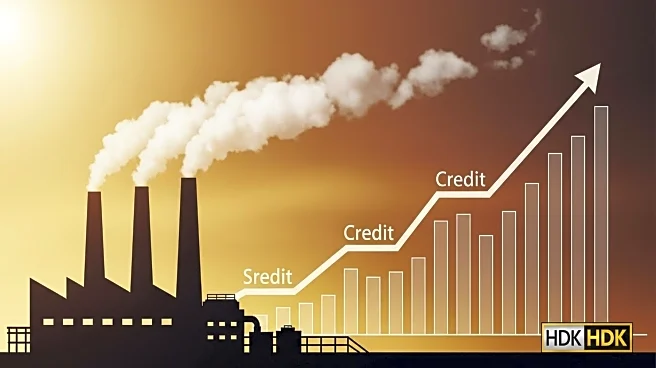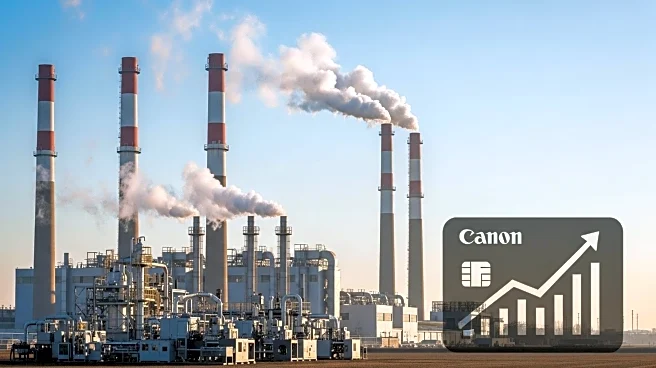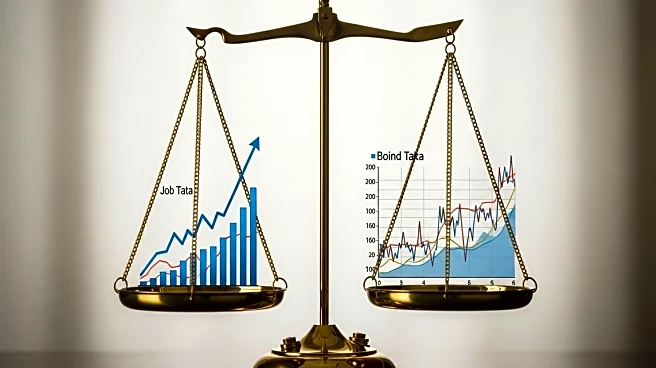What is the story about?
What's Happening?
Malaysia's economic indicators show steady growth in manufacturing and credit sectors, according to Bank Negara Malaysia (BNM). The country's headline inflation rose slightly to 1.3% in August, driven by higher costs for streaming services and water supply. Manufacturing output expanded by 4.4% in July, supported by both export-oriented and domestic sectors. Credit growth in the private non-financial sector increased to 5.6%, with business loans growing due to higher working capital demand. The banking sector remains resilient, with a strong liquidity coverage ratio and stable asset quality. These developments occur amid expectations of a Federal Reserve rate cut in the U.S., which has influenced regional currencies and financial markets.
Why It's Important?
Malaysia's steady economic growth is crucial for maintaining stability in the face of global uncertainties. The resilience of the manufacturing sector and credit growth supports economic expansion and job creation. The banking sector's strong liquidity and asset quality provide a buffer against potential financial shocks. The influence of U.S. monetary policy on regional markets highlights the interconnectedness of global economies. Malaysia's ability to sustain growth amid these challenges is vital for its economic health and regional influence.
What's Next?
Malaysia may continue to focus on strengthening its manufacturing and financial sectors to support economic growth. The government could implement policies to enhance business loan accessibility and support domestic production. Monitoring global economic trends, particularly U.S. monetary policy, will be essential for anticipating market shifts. The banking sector's resilience will be crucial in navigating potential global financial uncertainties.
Beyond the Headlines
The steady growth in Malaysia's economy may lead to increased investor confidence and foreign investment. The country's ability to manage inflation and support manufacturing could enhance its competitive position in the region. Long-term economic strategies may focus on diversifying production and enhancing technological capabilities to sustain growth.
AI Generated Content
Do you find this article useful?














